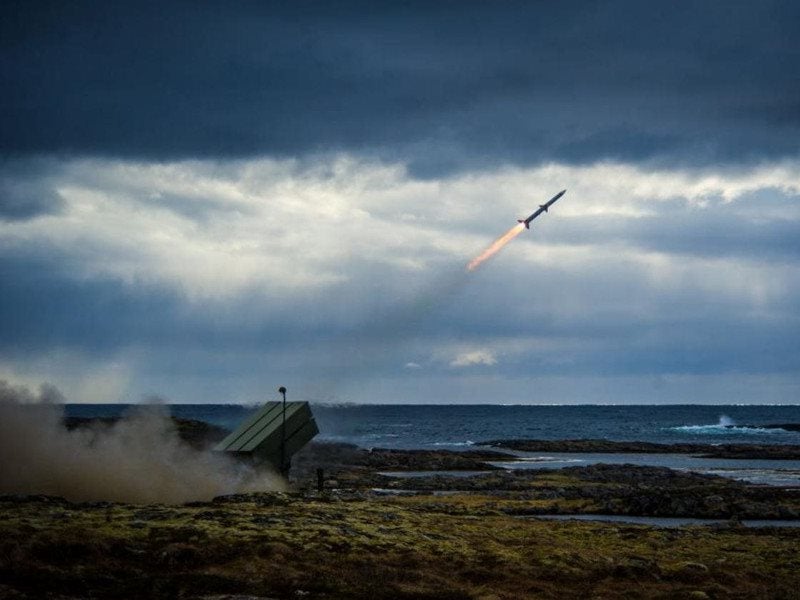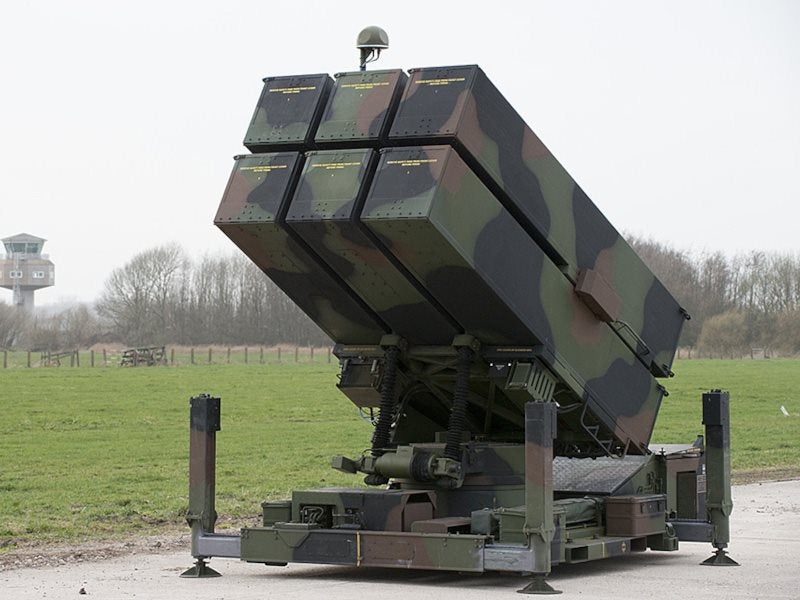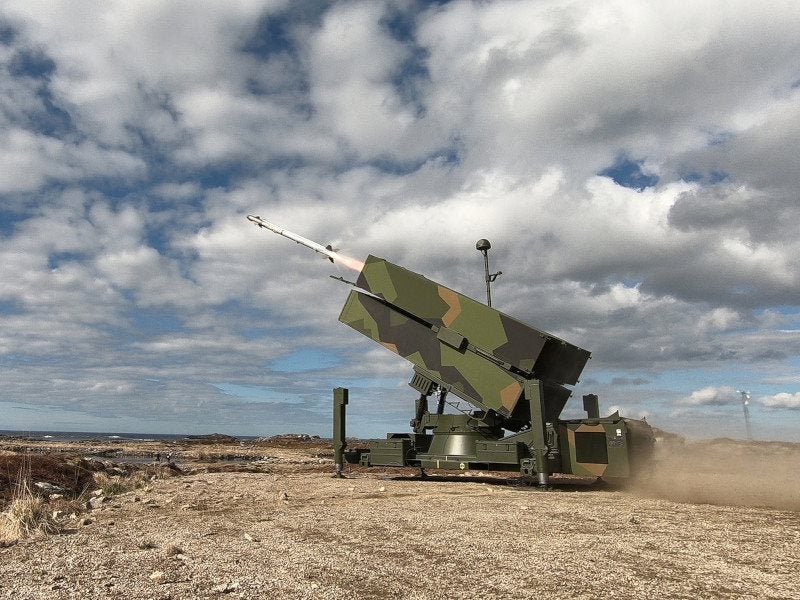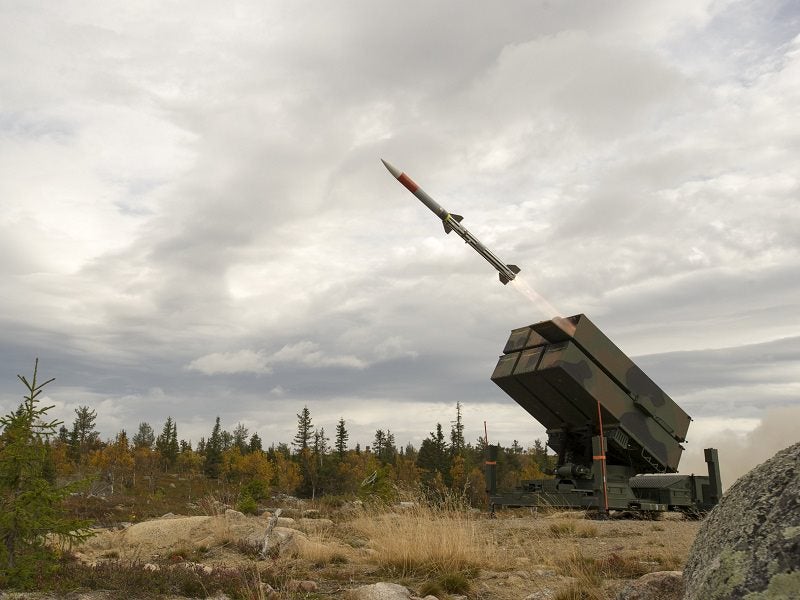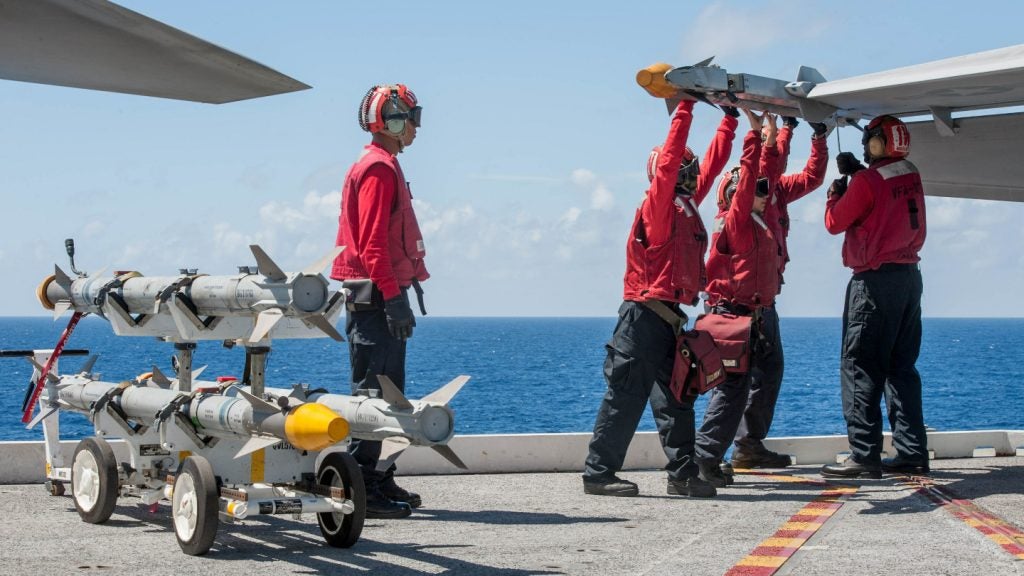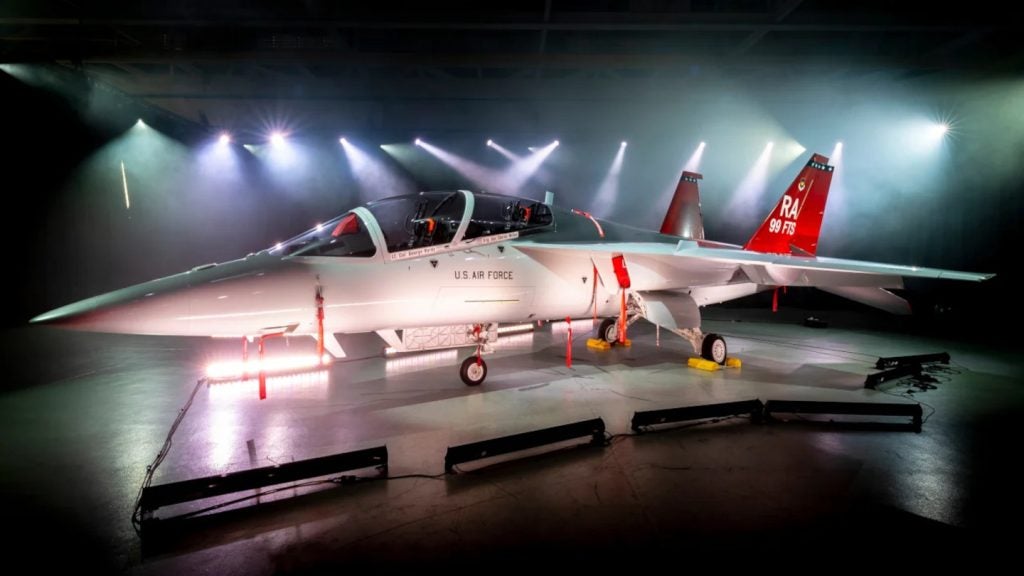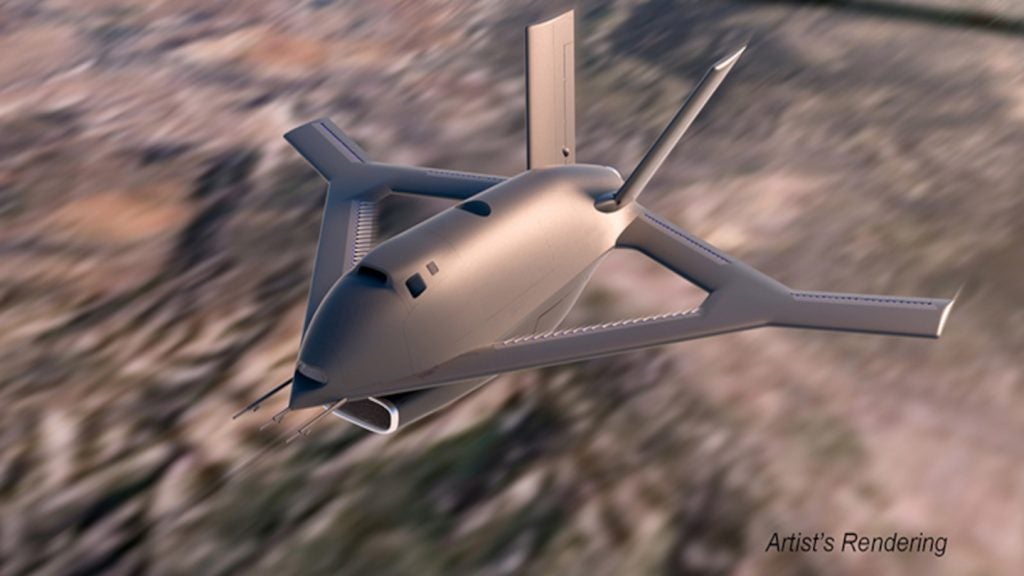The National Advanced Surface to Air Missile System (NASAMS) is a medium-range, network-centric air defence system designed and developed jointly by Raytheon and Kongsberg Defence & Aerospace, primarily for the Royal Norwegian Air Force (RNoAF).
The system can be deployed to identify, engage, and destroy aircraft, helicopters, cruise missiles and unmanned aerial vehicles, as well as protect high-value assets and mass population centres against air-to-surface threats.
The missile system is in service in the armed forces of 13 countries including Norway, Spain, the US, Finland, Hungary, the Netherlands, Australia, Indonesia, Qatar, Oman, Lithuania, and an undisclosed nation.
Raytheon and Kongsberg entered a ten-year agreement in June 2015 to expand their partnership on the NASAMS until 2025.
NASAMS II, an upgraded version of the NASAMS, uses new radars and 12 missile launchers for quicker identification and destruction of targets. The upgraded system has been in service since 2007.
The US government approved a $1.3bn military package including four NASAMS and munitions along with other defence equipment for Ukraine in July 2023.
NASAMS design and features
The NASAMS air defence system features network-centric, open architecture that provides increased survivability against electronic countermeasures. The missile system can engage 72 targets simultaneously in active and passive modes. The primary weapon of the system is AIM-120 advanced medium-range air-to-air missiles (AMRAAM).
Raytheon MPQ-64F1 Sentinel high-resolution, 3D pencil beam surveillance radar is fitted to the NASAMS to detect and track its targets. The missile system is also fitted with AMRAAM launchers and a passive electro-optic and infrared sensor, hard-real-time communication network, and an embedded and standalone mission planning tool.
GhostEye MR, a new medium-range air and missile defence radar for the NASAMS, was introduced by Raytheon in October 2021.
NASAMS missile tests
The Spanish Army successfully conducted a live-fire exercise of the NASAMS with four AMRAAMs in November 2008. A tactical live-fire exercise of the NASAMS was conducted by the RNoAF in June 2011. The AMRAAM-ER missile was successfully test-fired from the NASAMS system for the first time in 2016.
The air defence system successfully test-fired AIM-9X Sidewinder short-range air-to-air missile in 2011. Raytheon and the RNoAF conducted the maiden launch of the AIM-9X Sidewinder Block II short-range missile from the NASAMS launcher in May 2019. The RNoAF conducted a test firing of the ground-based Evolved Sea Sparrow Missile from the NASAMS in July 2012.
Kongsberg successfully conducted the factory acceptance test of the first NASAMS Mark 2 (Mk2) canister launcher as part of Australia’s Project LAND 19 Phase 7B programme in January 2022.
Multi-missile launch capabilities of NASAMS
Up to six missiles can be quickly launched from a single launcher (LCHR) at one or more flying targets. The LCHR features a 360-degree defence capability and is suitable for day and night, all-weather operations. It can be carried on truck and rail.
The Mk2 canister launcher, the latest launcher configuration, features a new common ground launch rail for the deployment of multiple missile types, including AMRAAM missile variants and the AIM-9X Block 2 missile.
Command-and-control unit
The NASAMS is fitted with a fire distribution centre (FDC) command-and-control unit to perform the battle management command, control, communications, computers and intelligence functions. It is also used for data link management, track identification and correlation, friendly protection, jam strobe triangulation, threat evaluation, weapon allocation, and kill assessment.
The FDC and radars are connected using Link 16, JRE, Link 11, Link 11B, LLAPI and ATDL-1 data links.
Orders and deliveries
The NASAMS with AIM-120 AMRAAMs achieved initial operational capability with the RNoAF in 1994. A total of four NASAMS systems were acquired by the Spanish Army in 2003.
In December 2006, the Dutch Army signed a contract with Kongsberg for the upgraded NASAMS II air defence system, which uses EADS TRML-3D mobile surveillance radars.
NASAMS II was delivered to the RNoAF in 2007. Kongsberg was further awarded a Nkr48m ($7.49m) contract by the RNoAF to provide a Link 16 tactical data link for the NASAMS II anti-aircraft system in August 2005.
The Finland Ministry of Defence placed an order for the NASAMS II in April 2009.
Raytheon was contracted by the RNoAF in December 2011 to provide high-mobility launchers (HMLs) for the modernisation of the NASAMS. The company delivered the first HML in June 2013, as well as upgraded electronics for the canister launcher fleet, as part of the contract.
The RNoAF placed a contract in January 2013 to upgrade the existing missile launchers with new electronics and software for increased performance and lifetime extension of the NASAMS II system.
Oman’s Ministry of Defence awarded a $1.28bn contract to Raytheon in January 2014 for the NASAMS, ground support equipment, a full training package, and technical assistance.
In April 2014, Kitrons secured an Nkr56m order from Kongsberg to provide military communications equipment for the NASAMS air defence system to be supplied to Oman.
In April 2017, the NASAMS was identified as a solution by the Australian Government for a ground-based air defence capability for the Australian Army under its Land 19 Phase 7B Project. A contract was formally announced in March 2019 following risk mitigation and the Australian Government’s approval, with Raytheon Australia as the prime contractor.
The contract involves the supply of two NASAMS batteries to the Australian Defence Force.
Kongsberg was contracted by Raytheon Australia to supply NASAMS components for Australia in June 2019.
The first shipment of Mk2 canister launchers arrived in Australia in June 2022. The gunners of the 16th Regiment of the Royal Australian Artillery were provided a first glimpse of the NASAMS in April 2023.
The two batteries are expected to be fielded following the final operational capability by 2026.
In October 2017, the Indonesian government signed a contract worth $77m with Kongsberg for the supply of two batteries for the NASAMS air defence system.
Hungary awarded a contract worth €410m to Kongsberg and Raytheon Missiles & Defence for the medium-range air defence system in November 2020. It became the world’s 12th country to procure the NASAMS system. The equipment is expected to be delivered by August 2023.
Kongsberg received a contract from the Norwegian Defence Materiel Agency to upgrade the radars of NASAMS in June 2023. The AN/MPQ-64 radars will be upgraded by replacing certain parts. Raytheon, which is responsible for the supply of the upgrade modules, is upgrading the first radar. Kongsberg will perform the remaining upgrades, with work expected to be completed by the end of 2025.
The US Department of Defense announced the authorisation of weapons under the Ukraine Security Assistance Initiative in July 2022. The package included two NASAMS along with other defence equipment to enhance Ukraine’s capabilities to counter Russia in the ongoing conflict between the two countries.
Raytheon Missiles & Defence received a $182m contract from the US Army in August 2022 to provide the NASAMS for Ukraine.
The company received a follow-on contract from the US Army in November 2022 to provide six NASAMS batteries for Ukraine. The contract also includes training and logical support to the Ukrainian military and security forces.
The US government approved the supply of additional munitions for the NASAMS as part of defence assistance for Ukraine in November 2022 and January 2023.
The US State Department approved the request of the Ukraine government for the purchase of equipment worth $285m including the NASAMS, AN/MPQ-64F1 Sentinel Radar, and FDC in May 2023. The package also includes canister launchers, communications, GPS receivers, code loaders, spare parts, as well as logistics and programme support.
Lithuania’s Defence Material Agency signed a contract with Kongsberg in June 2023 for the procurement of two upgraded NASAMS missile launchers to be donated to Ukraine. The Norwegian Ministry of Defence agreed to donate support equipment for the NASAMS.

